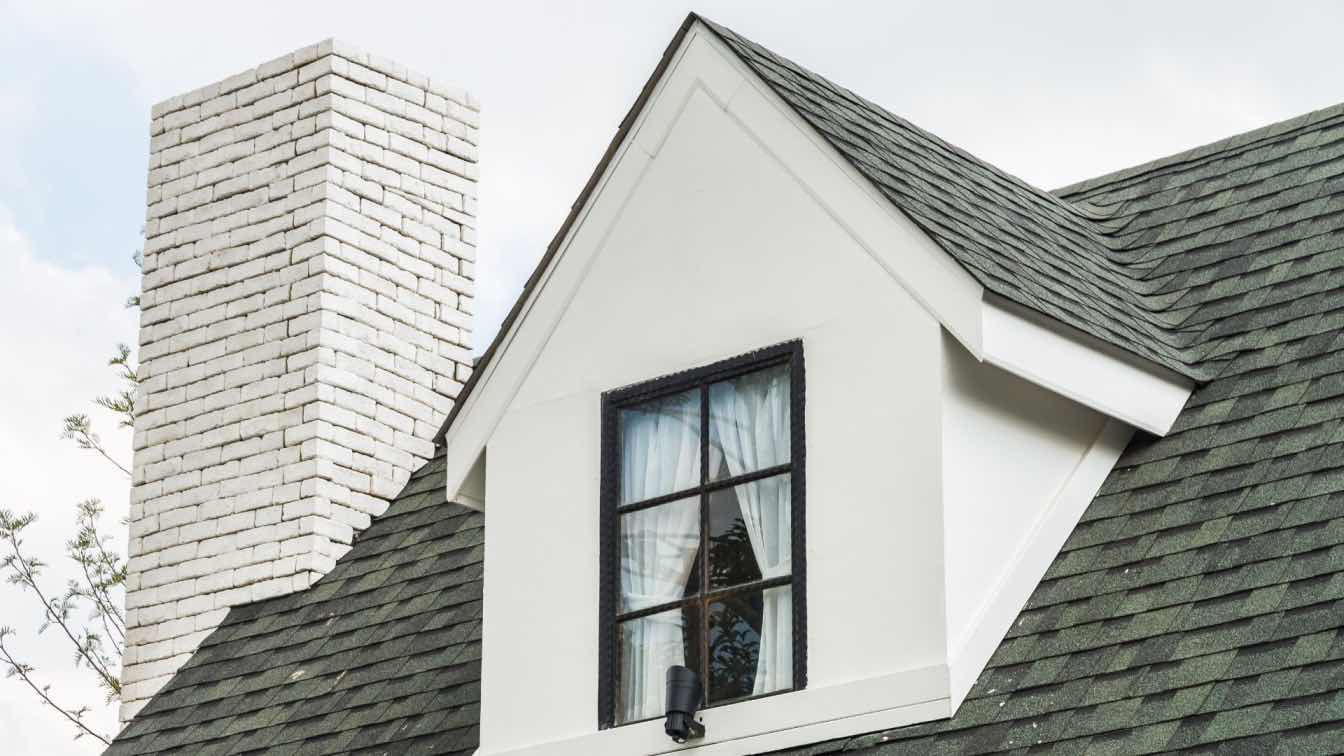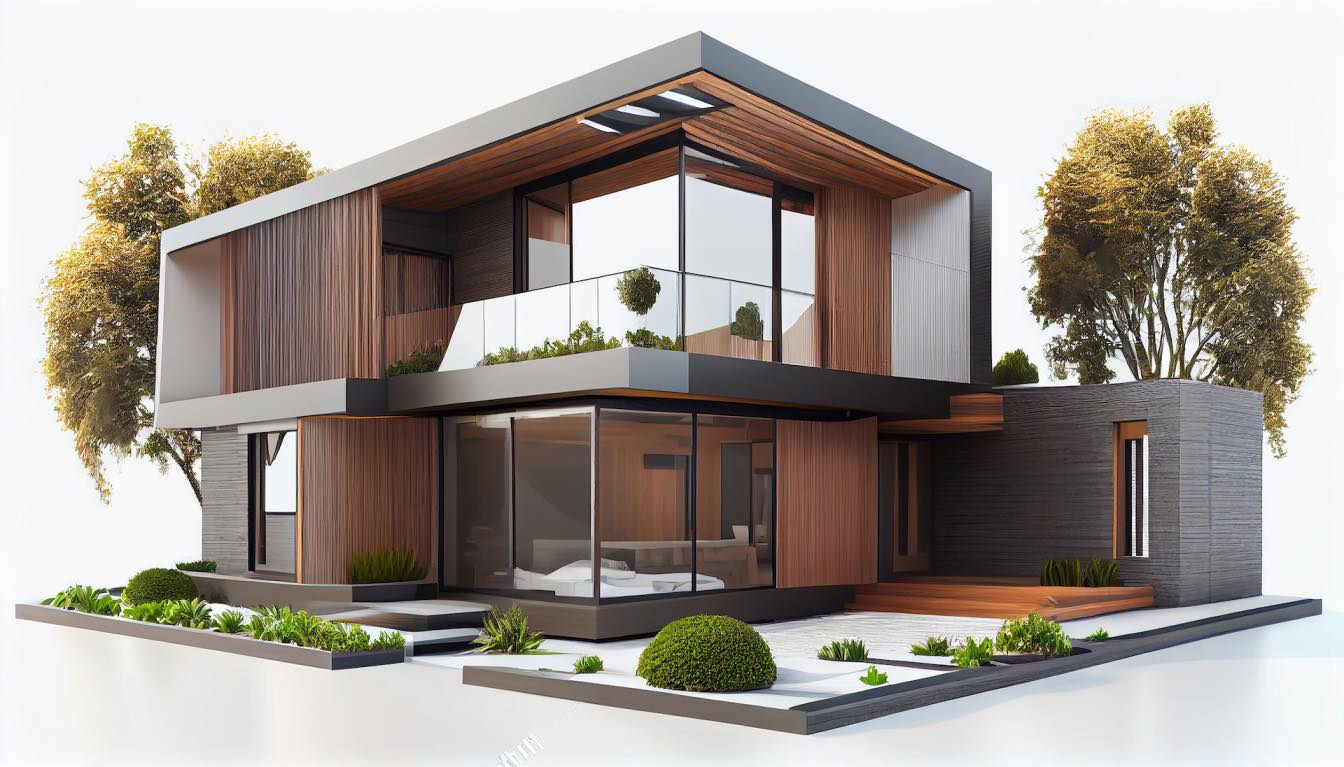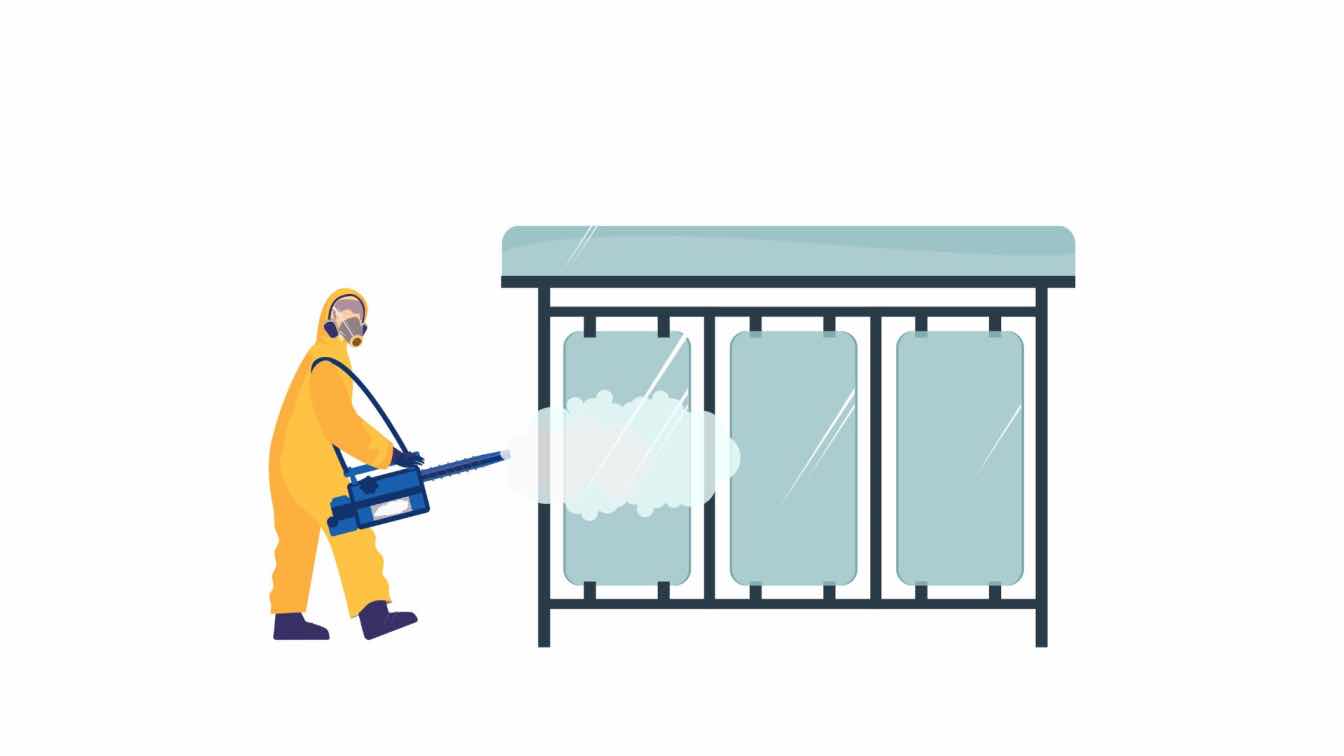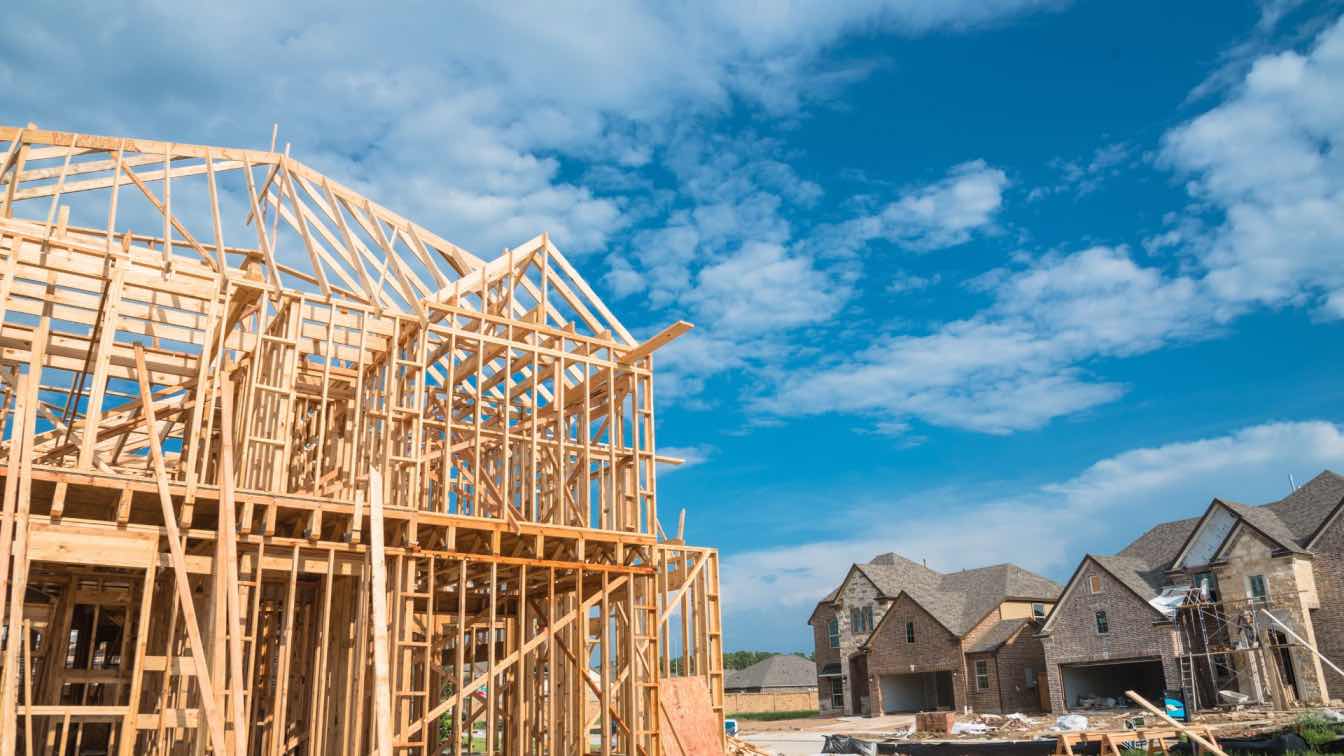Introduction
Skylights have become increasingly popular in modern home design as they provide an attractive and functional way to bring natural light and ventilation into any space. They offer a wide range of benefits, from improving indoor air quality and energy efficiency to enhancing the overall aesthetic of your home. In this article, we will explore the various types of skylights, their benefits, and essential factors to consider when choosing and installing skylights in your home.
Types of Skylights
There are three primary types of skylights, each with its own unique characteristics and advantages:
Fixed Skylights: As the name suggests, these skylights are permanently sealed and do not open for ventilation. They are ideal for spaces where additional light is desired but ventilation is not a priority, such as hallways or stairwells.
Ventilating Skylights: These skylights can be opened and closed, providing a source of natural ventilation in addition to light. They are perfect for areas where humidity or heat build-up may be an issue, such as bathrooms and kitchens.
Tubular Skylights: Also known as solar tubes, these skylights use a small, highly reflective tube to channel sunlight from the roof to a diffuser on the ceiling, providing a soft, natural glow in the room. Tubular skylights are suitable for smaller spaces and areas where traditional skylights may not be feasible due to structural constraints.
Benefits of Skylights
Skylights offer a range of benefits for homeowners, including:
Natural Lighting: Skylights can significantly increase the amount of natural light in a room, reducing the need for artificial lighting and lowering energy costs. They also provide a more pleasant, natural ambiance, which can boost mood and productivity.
Energy Efficiency: By providing natural light and ventilation, skylights can help regulate indoor temperatures and reduce the need for heating and cooling, resulting in lower energy consumption and utility bills.
Improved Indoor Air Quality: Ventilating skylights help to remove stale air, odors, and excess humidity, which can contribute to mold and mildew growth. This improves overall indoor air quality, creating a healthier living environment.
Aesthetic Appeal: Skylights can add a unique design element to your home, creating a sense of openness and spaciousness, particularly in smaller or darker rooms.
Factors to Consider When Choosing and Installing Skylights
Before selecting and installing a skylight, it's essential to consider several factors to ensure a successful project:
Location: The location of the skylight on your roof will determine the amount of sunlight and ventilation it provides. Consider the sun's path throughout the day and the room's purpose to decide the best placement.
Size: The size of the skylight will directly impact the amount of light and ventilation it provides. A general rule of thumb is that the skylight size should not exceed 5-10% of the room's floor area for optimal lighting and energy efficiency.
Glazing: Skylight glazing can be made from glass or plastic, with various options for insulation, UV protection, and impact resistance. Consider your climate and specific needs when choosing the right glazing material.
Energy Efficiency: Look for skylights with a high energy performance rating from organizations such as ENERGY STAR or the National Fenestration Rating Council (NFRC). These skylights will have better insulation and heat-reflecting properties, reducing heat gain or loss through the skylight.
Installation: Proper installation is critical to ensure your skylight's performance and longevity. Hiring a reputable roofing contractor with experience in skylight installation will help ensure a professional and watertight result. Be sure to discuss flashing and sealing techniques, as well as any warranty information, with your contractor.
Maintenance: While skylights are generally low-maintenance, it's essential to periodically inspect them for any signs of damage, leaks, or wear. Regular cleaning of the glass or plastic surface will also maintain optimal light transmission and appearance.
Building Codes and Permits: Before installing a skylight, consult your local building codes and regulations to ensure compliance. Some areas may require permits for skylight installations, while others may have specific requirements for size, placement, or materials.
Budget: Skylights can vary significantly in price based on factors such as size, materials, and installation complexity. Be sure to consider the initial cost, potential energy savings, and long-term maintenance when determining your budget.
In Conclusion
Skylights are a versatile and attractive addition to any home, offering numerous benefits from improved natural lighting and ventilation to enhanced aesthetics and energy efficiency. By considering the factors outlined in this article you can make a more informed decision about the best skylight for your home.
If you reside in the state of Missouri and want to work with an experienced contractor from one of the roofing companies in Springfield, MO, then Ohm Restoration can help you choose and install the perfect skylight solution for your unique needs and preferences. It’s time to embrace the beauty and functionality of skylights, and enjoy the transformation they can bring to your living space.





